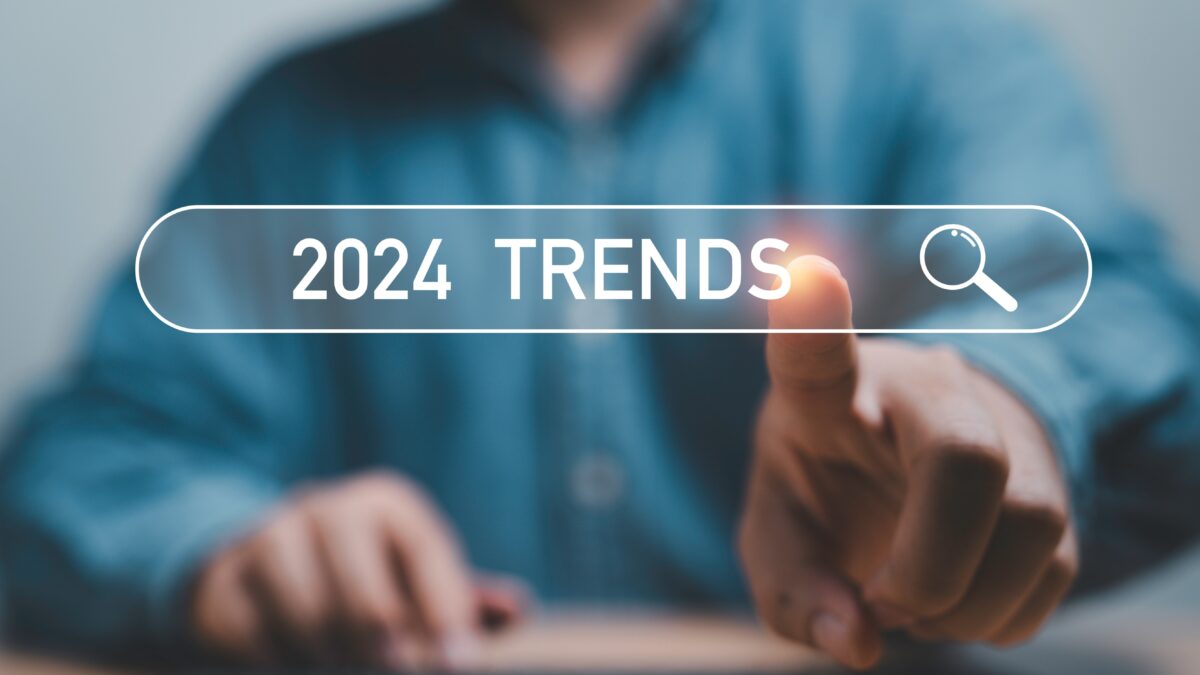As the pandemic is entering a new phase and more organizations are eyeing a return to the office, one thing has become abundantly clear: The modern office isn’t going anywhere, but it is experiencing a huge shift. The benefits of having space to come together for collaboration and company culture can’t be understated. But any trends existing before the pandemic have accelerated, with new ones emerging.
At CORT, we’re keeping our finger on the pulse of the modern workplace. While there’s much that’s unknown, there is a clear picture emerging that tells us that the future is in embracing the office’s benefits while integrating flexibility and agility into your workplace strategy.
The Benefits of the Modern Office
The roots of the modern office go back more than a century, spanning back to 1868 when the first commercial typewriter was patented, and Remington began mass manufacturing them. This marked one of the first major shifts in society as women began joining the white-collar workplace. Through the next century, the office continued evolving. The use and benefits of today’s workplace are currently shifting in rather seismic ways.
Past
Traditional offices, with their individual workspaces, dominated the landscape until the early 1900s when the open office layout was born. It can be traced back to 1906, when Frank Lloyd Wright-designed the first modern office, the Larkin Administration Building, and then again when he designed the open office building for SC Johnson Wax in 1936. This new layout was designed to boost productivity, but it started getting popular in workplace design during the 1960s when organizations began prioritizing collaboration as well as the democratization of the workplace. The idea was that by being able to see each other and interact more, productivity and creativity would soar.
Present
Pre-COVID, workplace trends were already demonstrating a shift in the modern office. Remote work was on the rise, giving organizations pause as they considered whether it was something that could be integrated into their strategy without costing them productivity. At the same time, there was growing attention to work-life balance in addition to an ever-increasing pace of work – something made possible by technology and tools like collaborative platforms. Flexible open floor plans remained popular, but there was a shift toward including quiet spaces for focused work, comfortable spots for collaboration, and a growing focus on employee wellness.
The Outcome from Returning to the Modern Office
“The Great Pause,” “The Great Remote Work Experiment” – no matter what you call it, the pandemic has created a change in how and where we all work. Millions of people, employees and business owners alike, are re-evaluating what returning to the office means and the path that will provide the highest level of success.
To be clear, although the bottom line is still a priority, success isn’t all dollars and cents. The post-pandemic workplace is shifting. Employees have had time to ponder their relationship to their jobs and their priorities. Some have been itching to get back into the office and others want to work remotely indefinitely. To get a better understanding of this, we surveyed nearly 750 respondents across 12 different industries to gather the necessary data around the types of challenges and considerations businesses are facing as they plan a return to the office. Throughout the study, we learned that even after a year of pandemic working, there is still a great deal of uncertainty. And although, 80% of our respondents cited a need for employees to return to the office, the planning involved in this will require more intensive thinking around the topics of safety, workplace configurations, and hybrid working schedules.
It’s safe to say that the pandemic has changed work – and the modern office – forever. Employers are increasingly prioritizing work models that focus on employees first, and business second. After all, your employees are one of your most vital resources and important allies. To meet employee needs, many companies are considering options like Hi-Flex, which empowers employees with inherent flexibility and the ability to choose how and where they work. For example, some may work remotely, others might work in person, and still, others might combine those options, participating virtually and in real-time.
Another popular strategy is activity-based working, which gives workers access to different types of workspace, each designed for specific uses. For example, one space may be for informal conversation and collaboration, others might be open for structured meetings and others might be ideal for focused, individual work.
Both of these strategies provide benefits to employees and organizations alike. Workers have the flexibility they crave. Organizations enjoy improved retention, innovation, and productivity, along with the potential for lower real estate costs. Better yet, these types of strategies provide the kind of agility that will be necessary to quickly pivot in the event of future disruptions.
How Does CORT Furniture-as-a-Service™ Serve This?

Even before the pandemic, the modern office was evolving, and commercial real estate was experiencing significant shifts. Convenience was increasingly in demand, with the ability to make Fast. Flexible. Smart.™ decisions are equally important, which is where Furniture-as-a-Service (FaaS) shines.
To better understand the concept, consider the early days of computers. To install new software, you had to go out and buy it on disk before you could manually install it on each computer. And then you were basically on your own from that point. But when software-as-a-service (SaaS) emerged, it changed everything. You can change, upgrade and scale it seamlessly.
FaaS operates using a similar concept, but with furniture. Instead of the hassle of ownership, you get all the benefits of access to exactly what you want and need, with the ability to upgrade and switch things out at any time. No need to worry about repairs – it’s all taken care of for you.
Back in June, Caleb Parker,the founder of Bold wrote an intriguing post on LinkedIn, highlighting an advertisement he saw from rideshare company Uber. The advertisement focused solely on the benefits that Uber provides its customers without making mention of its own features. He wrote, “What are we selling? Thinking about the outcome, and why our customers may book an office for whatever period of time they do helps us adjust how we talk about the office.”
In response, Melanie Jones, from the CORT Strategic Business Development Team, shared how CORT Furniture-as-a-Service is a superpower of its own.
“When asked how does FaaS compare to a furniture purchase, I use an Uber analogy. It’s about strategy and desired outcome. How do you compare purchasing a car to accessing Uber rides? It always depends on the need. And at a point in time where our needs are in flux, change and choice are bubbling up, and there are many unknowns, Furniture-as-a-Service is an ideal tool to support changes in the workplace.”
As many business leaders are continuing to navigate the unknown and all that it holds for employees returning to the office, it’s important to pause and consider the benefits vs. the outcome of re-entering the workplace. Not only can this moment help with planning, but it can also, as Parker said, “adjust how we talk about the office.”
CORT Furniture Rental is about more than just providing stylish, functional furnishings. We’re here to support you while you return to the office, whatever that may look like, and to empower employers and organizations with the flexibility they need to remain nimble and agile.
This article was written with Melanie Jones, CORT’s National Director, CRE Partnerships.






